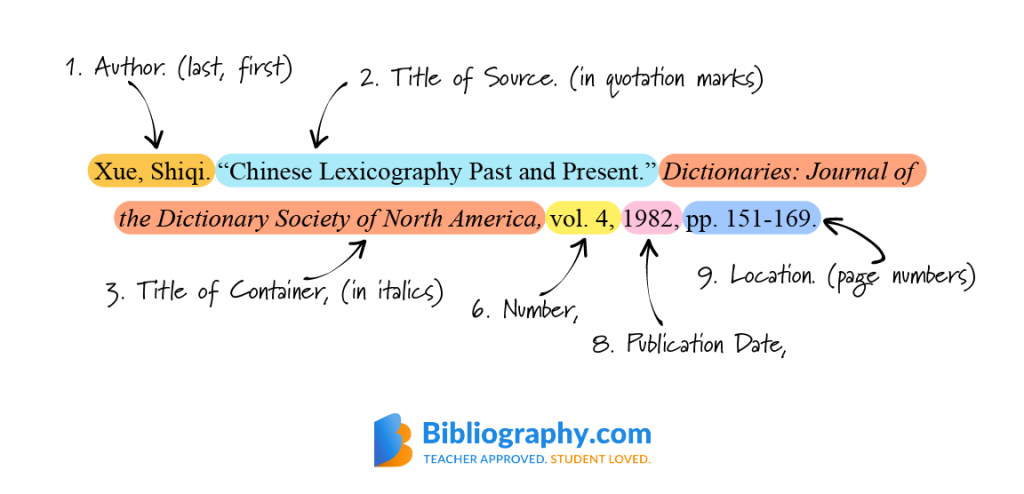Mla Citation Examples: Simplified Guide

The Modern Language Association (MLA) citation style is widely used in the humanities, such as literature, language, and cultural studies. MLA citation examples can be complex, but understanding the basics can help simplify the process. In this article, we will delve into the world of MLA citations, exploring the fundamentals, and providing a comprehensive guide to creating accurate and proper citations.
Introduction to MLA Citation Style

The MLA citation style is designed to provide a consistent and clear way to credit sources used in research papers. The MLA style is commonly used in academic writing, particularly in the humanities. The MLA Handbook, now in its eighth edition, provides guidelines for formatting research papers, citing sources, and creating a bibliography. Understanding the MLA citation style is essential for students, researchers, and scholars in the humanities.
MLA Citation Basics
In MLA style, citations are used to acknowledge the sources used in a research paper. There are two types of citations: in-text citations and works cited page citations. In-text citations are brief references to the source, usually including the author’s last name and page number(s). The works cited page is a list of all sources used in the research paper, formatted according to MLA guidelines.
| Citation Type | Example |
|---|---|
| In-text citation | (Smith 24) |
| Works cited page citation | Smith, John. The Book. Publisher, 2020. |

MLA Citation Examples for Common Sources

MLA citation examples can vary depending on the source type. Here are some examples of common sources and their corresponding MLA citation formats:
Book Citation
A book citation in MLA style typically includes the author’s last name, first name, book title, publisher, and publication year.
Example: Smith, John. The Book. Publisher, 2020.
Article Citation
An article citation in MLA style typically includes the author’s last name, first name, article title, publication title, publication date, and page numbers.
Example: Smith, John. "The Article." The Journal, vol. 10, no. 2, 2020, pp. 24-30.
Website Citation
A website citation in MLA style typically includes the author’s last name, first name, page title, website title, publication date, and URL.
Example: Smith, John. "The Web Page." The Website, www.thewebsite.com, 2020.
| Source Type | MLA Citation Example |
|---|---|
| Book | Smith, John. The Book. Publisher, 2020. |
| Article | Smith, John. "The Article." The Journal, vol. 10, no. 2, 2020, pp. 24-30. |
| Website | Smith, John. "The Web Page." The Website, www.thewebsite.com, 2020. |
Best Practices for MLA Citations
To ensure accurate and proper MLA citations, follow these best practices:
- Always check the MLA Handbook for the most up-to-date guidelines.
- Use a citation management tool, such as Zotero or EndNote, to help format citations.
- Double-check citations for accuracy and consistency.
- Use a works cited page to list all sources used in the research paper.
What is the purpose of MLA citations?
+The purpose of MLA citations is to acknowledge the sources used in a research paper and provide a clear and consistent way to credit authors and creators.
How do I format an MLA citation for a book?
+An MLA citation for a book typically includes the author’s last name, first name, book title, publisher, and publication year. Example: Smith, John. The Book. Publisher, 2020.
What is the difference between an in-text citation and a works cited page citation?
+An in-text citation is a brief reference to the source, usually including the author’s last name and page number(s), while a works cited page citation is a full citation that includes all the necessary information about the source.


